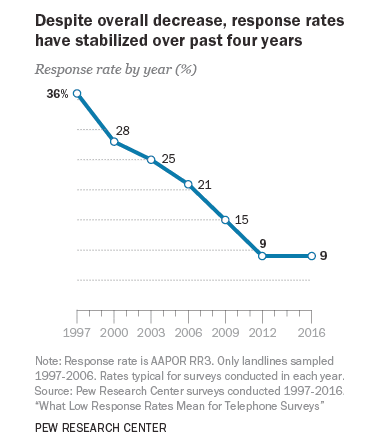How the Ad Community’s Media Behaviors Became America’s “Norms”
The goal was to investigate how the advertising community compares to the general public and explore their perceptions about ‘typical’ American media behavior. Research Now surveyed 254 respondents in February who were currently employed full time at a media, full service or digital / social agency or as a marketer / advertiser at a brand.
Respondents were asked to provide two separate responses to media consumption questions: “What do you do…” (self-reported) and “What do you think an average American does…” (estimated).
The survey compared the advertiser responses to the general population’s “real” media consumption based on third-party syndicated research. Among the key findings:
- The average adult spends double the time watching TV than estimated by most media professionals
- Media professionals vastly overestimated how much time is actually spent watching video on a computer and how much time is actually spent by the average adult watching video on mobile devices (adult viewing is overwhelmingly via TV sets)
- There were other misconceptions about consumers’ use of connectivity, early adoption, ownership of connected TV’s (all overstated)


